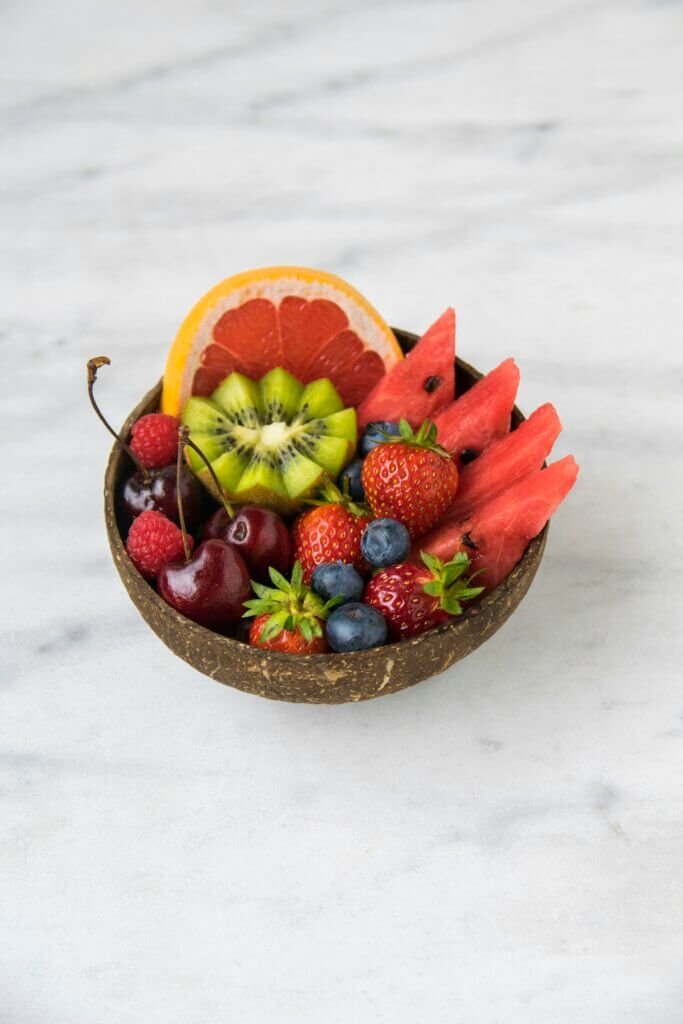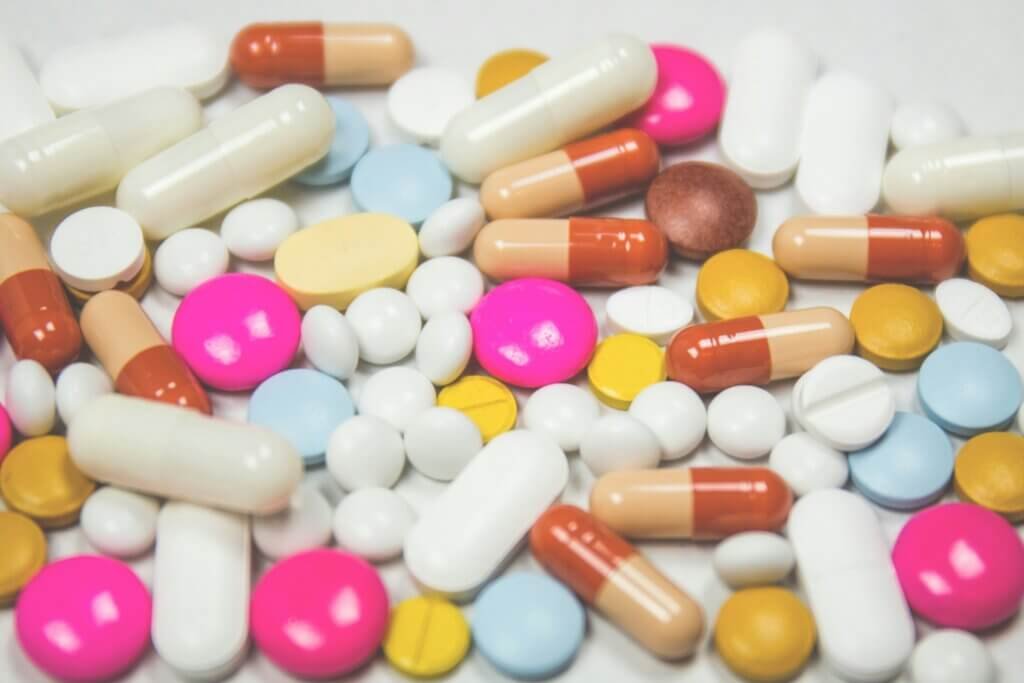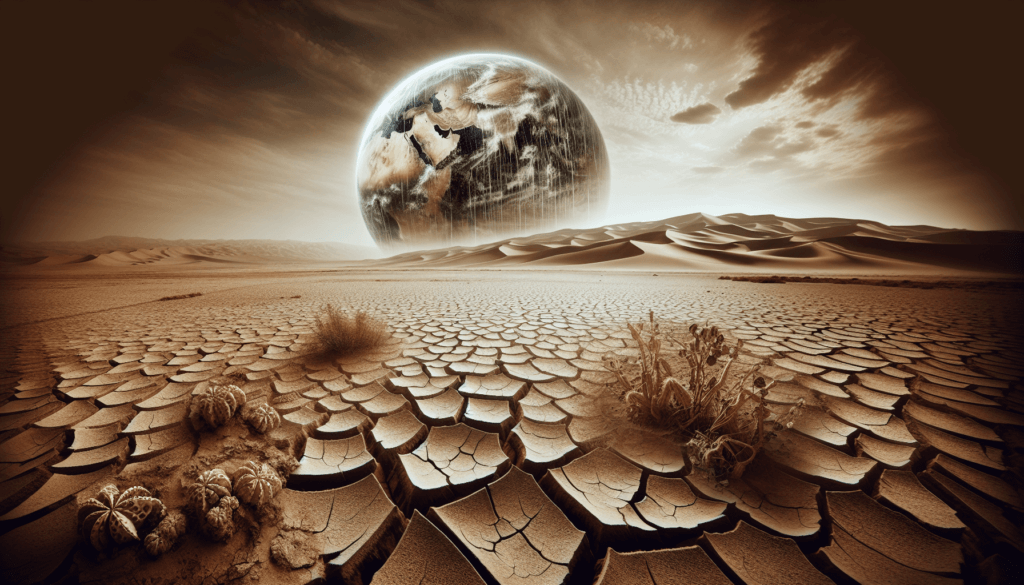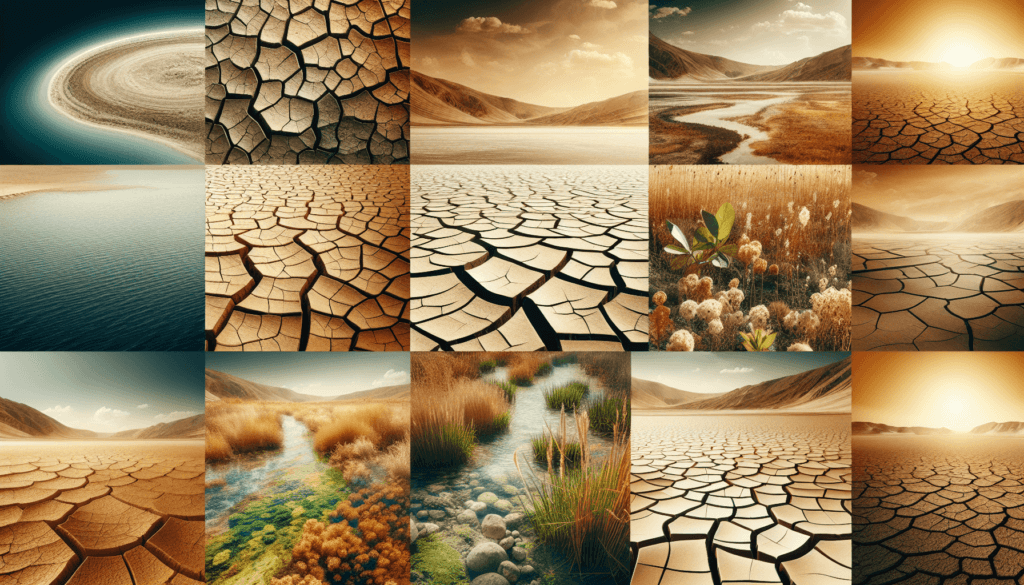Imagine a world where you no longer have to worry about spilling your drink or cleaning up after a mishap. In the intriguing article “And Reduce Liquids,” you will discover a groundbreaking technology that aims to revolutionize the way we handle liquids. This revolutionary invention has the potential to make our lives easier, avoiding any unwanted mess and accidents. Get ready to explore a solution that could change the way we interact with liquids forever.
Reusable Water Bottles
Reusable water bottles are a fantastic way to reduce single-use plastic waste and promote sustainability. Stainless steel water bottles are a popular choice due to their durability and insulation properties. They are great for keeping your drinks cold or hot for extended periods, making them ideal for hiking, camping, or everyday use. Glass water bottles are another environmentally friendly option, as they are free from harmful chemicals found in some plastic bottles. They provide a clean and pure taste, making them perfect for water enthusiasts who prefer a more natural drinking experience. Collapsible water bottles are a convenient choice for individuals on the go. These bottles can be easily collapsed and stored in your bag or pocket when not in use, allowing for easy transport and minimal space consumption.
Water Filter Pitchers
Investing in a water filter pitcher is a smart choice for those who want to improve the quality of their tap water while reducing the amount of single-use plastic bottles. Activated carbon filters are commonly used in water filter pitchers to remove impurities such as chlorine, sediment, and unpleasant odors. They are effective at improving taste and overall water quality. Ion exchange filters work by replacing harmful contaminants with beneficial ions, resulting in cleaner and healthier drinking water. UV filters utilize ultraviolet light to kill bacteria, viruses, and other microorganisms that may be present in your tap water, providing a more thorough purification.

Water Saving Showerheads
Conserving water while showering is crucial for environmental sustainability. Low-flow showerheads are designed to reduce water consumption by limiting the flow rate without compromising the shower experience. They can significantly decrease water usage while still maintaining adequate water pressure. Aerating showerheads mix water with air, creating a satisfying spray pattern while using less water. This type of showerhead reduces water usage by infusing air into the water stream, resulting in a gentler flow that still provides a refreshing shower experience. Smart showerheads utilize advanced technology to control the water flow based on your preferences and desired water temperature, allowing you to save water without sacrificing comfort.
Waterless Cleaning Products
Waterless cleaning products offer an innovative solution to minimize liquid waste while effectively cleaning various surfaces. Dry cleaning sponges are perfect for removing dirt, dust, and other debris without the need for water or cleaning solutions. They can be used on all kinds of surfaces, including walls, furniture, and ceilings. Waterless car wash products are specifically designed to clean vehicles without the use of water. These products usually come in the form of sprays or foam, allowing you to easily remove dirt and grime from your car’s exterior while leaving a streak-free shine. Dry shampoo is a popular option for personal care, especially for those who want to freshen up their hair without going through the traditional shampoo and rinse process. It absorbs excess oil and provides a quick and convenient alternative to traditional hair washing.

Reduce Liquid Waste in Cooking
Cooking can often lead to unintentional liquid waste, but there are several techniques you can employ to minimize it. Measuring liquids accurately is essential to avoid using more water than necessary. Using a measuring cup or scale can help you achieve precise measurements, ensuring you add only what is needed for your recipe. Another option is to utilize vegetable broth concentrate instead of liquid vegetable broth. Vegetable broth concentrate is a condensed form of broth that only requires water to reconstitute, reducing the amount of liquid wasted. Additionally, cooking with less water can help conserve resources while not compromising the quality of your dishes. This is particularly applicable when boiling vegetables or pasta, as using just enough water to cover them adequately can ensure a flavorful outcome while conserving water.
Reducing Liquid Waste in Personal Care
The beauty and personal care industry often utilizes liquids in various products, but there are alternative options to minimize liquid waste. Switching to solid personal care products, such as shampoo bars, conditioner bars, and soap bars, is a fantastic way to reduce liquid waste. These items typically come in minimal or plastic-free packaging and last longer than their liquid counterparts. Powder-form skincare products are another alternative that can significantly reduce liquid waste. Products like powdered cleansers, exfoliators, and face masks can be mixed with water to form a paste, offering the same benefits as traditional liquid products while minimizing packaging and overall waste. Making DIY toiletries is a creative and rewarding way to personalize your personal care routine while reducing liquid waste. With simple recipes and ingredients, you can create your own toothpaste, deodorant, and more, using minimal water and promoting a more sustainable approach to self-care.

Water-Efficient Dishwashing
Cleaning dishes can be a significant source of liquid waste, but there are methods to minimize it and promote water efficiency. Using a dishwasher instead of handwashing can help save water if used efficiently. Modern dishwashers are designed to be water-efficient and can clean a large number of dishes using less water than handwashing. It is important to wait until the dishwasher is full before running a cycle to maximize water efficiency. Scraping instead of rinsing dishes is a simple yet effective technique for reducing water waste. By removing excess food scraps before loading the dishwasher or handwashing, you can avoid the need for excessive rinsing, saving both water and time. Additionally, opting for eco-friendly dishwashing detergents can make a difference. Look for biodegradable and phosphate-free detergents to minimize the environmental impact of your dishwashing routine while still achieving sparkling clean dishes.
Waterless Gardening Techniques
Maintaining a beautiful garden doesn’t have to involve excessive water usage. Utilizing waterless gardening techniques can help conserve water while still enjoying lush greenery. Xeriscaping is a landscaping approach that focuses on choosing drought-resistant plants, proper soil preparation, and efficient watering systems. By selecting plants that can thrive in your region’s natural climate conditions, you can reduce the need for excess watering. Mulching is another effective technique for waterless gardening. Adding a layer of organic mulch around plants helps retain soil moisture, reduces evaporation, and prevents weed growth. Furthermore, installing drip irrigation systems can significantly minimize water waste. Drip irrigation delivers water directly to the plant roots, reducing evaporation and ensuring efficient water distribution.

Smart Water Meters
Smart water meters provide useful tools for monitoring and managing your household water usage more efficiently. These devices can help you track your water consumption, detect leaks, and identify patterns that may indicate wasteful practices. Smart home water usage monitoring systems can provide real-time data on your water usage, allowing you to identify areas where you can make improvements and reduce consumption. Leak detection systems can actively monitor your plumbing for leaks and alert you when an issue is detected, helping you save water and prevent costly damage. Water consumption tracking apps provide a convenient way to monitor and analyze your water usage using your smartphone or tablet. These apps often offer helpful features like setting water usage goals, providing personalized tips for conservation, and allowing you to compare your consumption to others in your area.
Promoting Water Conservation
Promoting water conservation goes beyond individual efforts and can make a significant impact on a larger scale. Educating others about the importance of water conservation is a valuable step in raising awareness and encouraging sustainable practices. Engage in conversations, share information, and advocate for the responsible use of water. Supporting water conservation organizations can also contribute to the preservation of water resources. Whether through donations or volunteering your time, these organizations work towards implementing sustainable practices and bringing about positive change. Participating in water-saving initiatives, such as community clean-up events or water conservation campaigns, is another way to actively contribute to water conservation efforts. By working together and promoting collective action, we can make a meaningful difference in preserving one of our planet’s most precious resources.
Incorporating these practices into your daily life can lead to a significant reduction in liquid waste, promote sustainability, and contribute to the preservation of our water resources. By choosing reusable water bottles, utilizing water-saving devices, opting for waterless cleaning products, and implementing conservation techniques, we can all play a part in protecting our environment and ensuring a brighter future for generations to come. Remember, every drop counts, and your efforts can make a difference.



